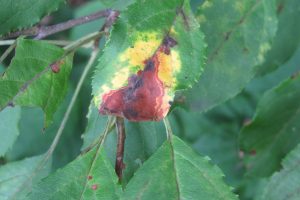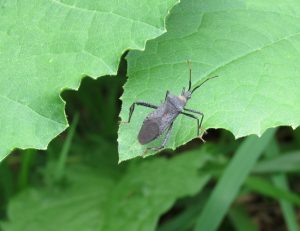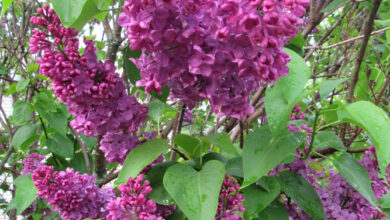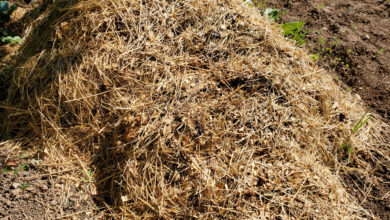Mid-summer vegetable garden issues
No matter what the weather, keeping on top of pest and disease issues in the vegetable garden is a constant process during the growing season.
My pumpkin and squash crops have been assaulted heavily this year by vine borer moths and squash bugs and I am hearing similar stories from gardening friends. Perhaps the mild winter will mean higher insect populations than usual.

North Carolina State Extension says squash bugs are related to stink bugs and feed on the sap of your squash and pumpkin plants through the growing season and into fall. They are always an issue for me, but recently I noticed significantly higher numbers of their eggs on the leaves of my pumpkin plants.
Squash bugs can reduce yields, cause wilting, and even plant death. You may not be aware of their presence until you spot the neat rows of their seed-like eggs both on the top and bottom of squash, zucchini and pumpkin leaves. When young squash bugs hatch from the eggs, they join their parents feasting on plant sap.
Stay on top of these pests by keeping a close eye on your cucurbit family plants. The most effective way to deal with squash bugs is to remove them from plants yourself. Scrape off egg masses and squish or drop them into a bucket of water with a few drops of dish washing liquid. Hand pick and kill adult and nymph squash bugs or drop them in a bucket of soapy water. They congregate in the evenings along plant stems near the ground. You can leave a board around squash plants and the squash bugs will hide underneath overnight. They can be picked off the board in the mornings.
The adults over-winter, so removing plant debris at the end of the season can help reduce populations.
Gardeners should also be on the look-out for fungal diseases, which will be an issue this year because of the wet weather. Monitor daily – especially on lower and inner leaves – for foliar problems such as leaf spots or yellowing of leaves. Apple scab has been a big problem this year, causing crab apples to drop most of their leaves shortly after blooming this spring. Other fruit trees have also been affected.
If you see signs of fungal disease, remove diseased leaves or entire plants, if they are affected. Bag plant parts and foliage affected by damaging diseases like late blight and toss them in the trash.

Fungicides are effective only if used before you see signs of the disease.
The University of Maryland extension says there are many ways to help prevent fungal diseases in the garden.
Look for disease-resistant plant varieties. Purchase certified disease free potato tubers, garlic bulbs, asparagus and rhubarb crowns. Do not plant in wet, poorly drained areas. Use compost to build up the soil and promote plant health – healthy plants do better at fending off disease. Provide plants with adequate light, water and nutrients to stay healthy and provide good air circulation.
Cover exposed garden soil with mulch. Newspaper covered with straw is very effective. Water plants at the base and avoid watering in the evenings. Remove any diseased fruits. Avoid handling wet foliage, and harvest vegetables before they become over-ripe. Keep weeds to a minimum and control insect pests like thrips, aphids, flea beetles and cucumber beetles which spread disease and weaken plants.




